Introduction
Nestled in the northernmost reaches of Pakistan, Hunza Valley travel guide is a breathtaking blend of snow-capped mountains, lush green terraces, and ancient culture. Often described as a paradise on Earth, it attracts travelers from all over the world seeking natural beauty, adventure, and a glimpse into the rich heritage of the Hunza people.
Whether you are planning a short getaway or a longer trekking adventure, our Hunza Valley Travel Guide 2026 will give you all the essential tips, itineraries, and insider knowledge to make your journey unforgettable.
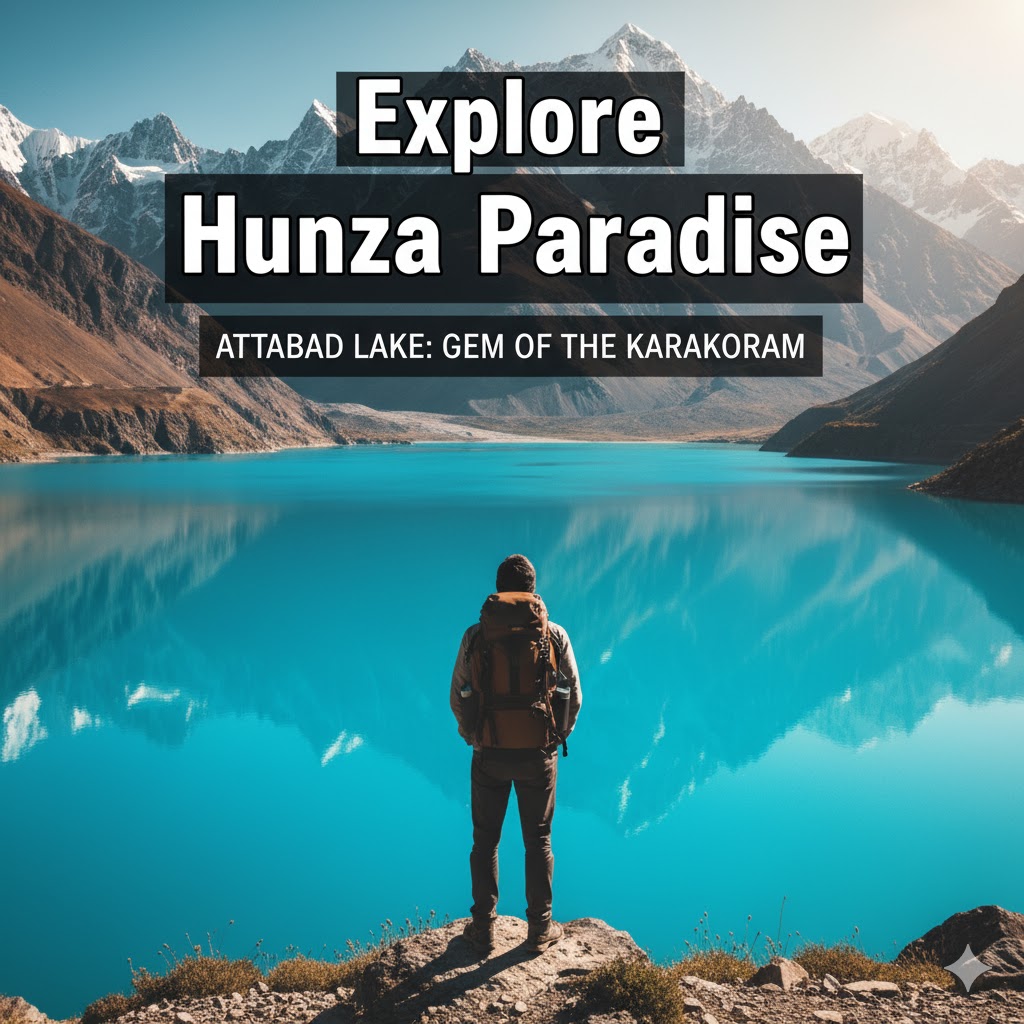
1. Best Time to Visit Hunza Valley
Hunza is beautiful year-round, but your experience varies depending on the season:
- Spring (March–May): Cherry and apricot blossoms paint the valley in pink and white, perfect for photography enthusiasts.
- Summer (June–August): Pleasant weather with clear skies, ideal for trekking and sightseeing.
- Autumn (September–November): Golden foliage in Karimabad and surrounding villages; great for cultural festivals.
- Winter (December–February): Snow-capped peaks and quiet landscapes, perfect for winter photography and solitude seekers.
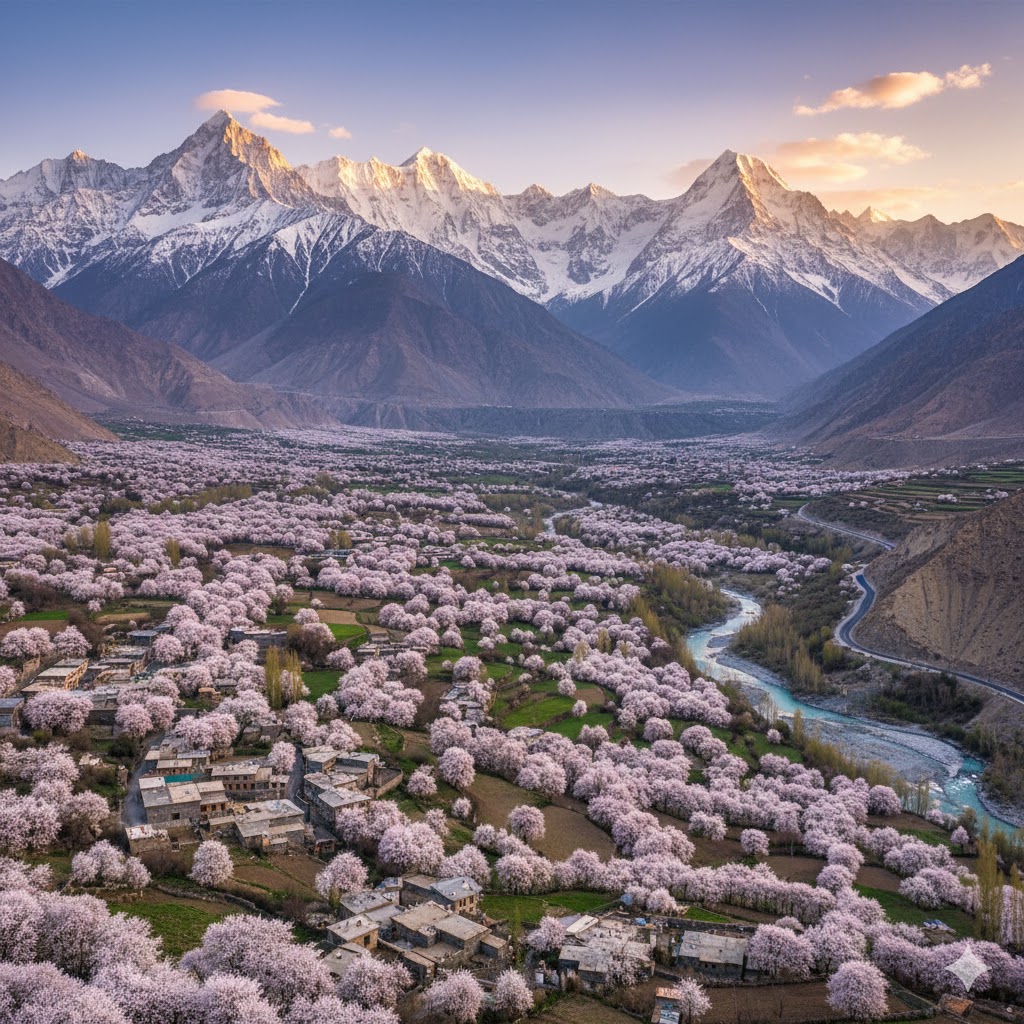
2. How to Reach Hunza Valley
Traveling to Hunza can be an adventure in itself:
By Air:
- Nearest Airport: Gilgit Airport (~100 km from Hunza).
- Airlines: Pakistan International Airlines (PIA) and private charters.
By Road:
- From Islamabad: Approximately 600 km via the Karakoram Highway (KKH), taking 14–16 hours.
- Tips: Start early to enjoy scenic stops at Naran, Babusar Pass, and Attabad Lake.
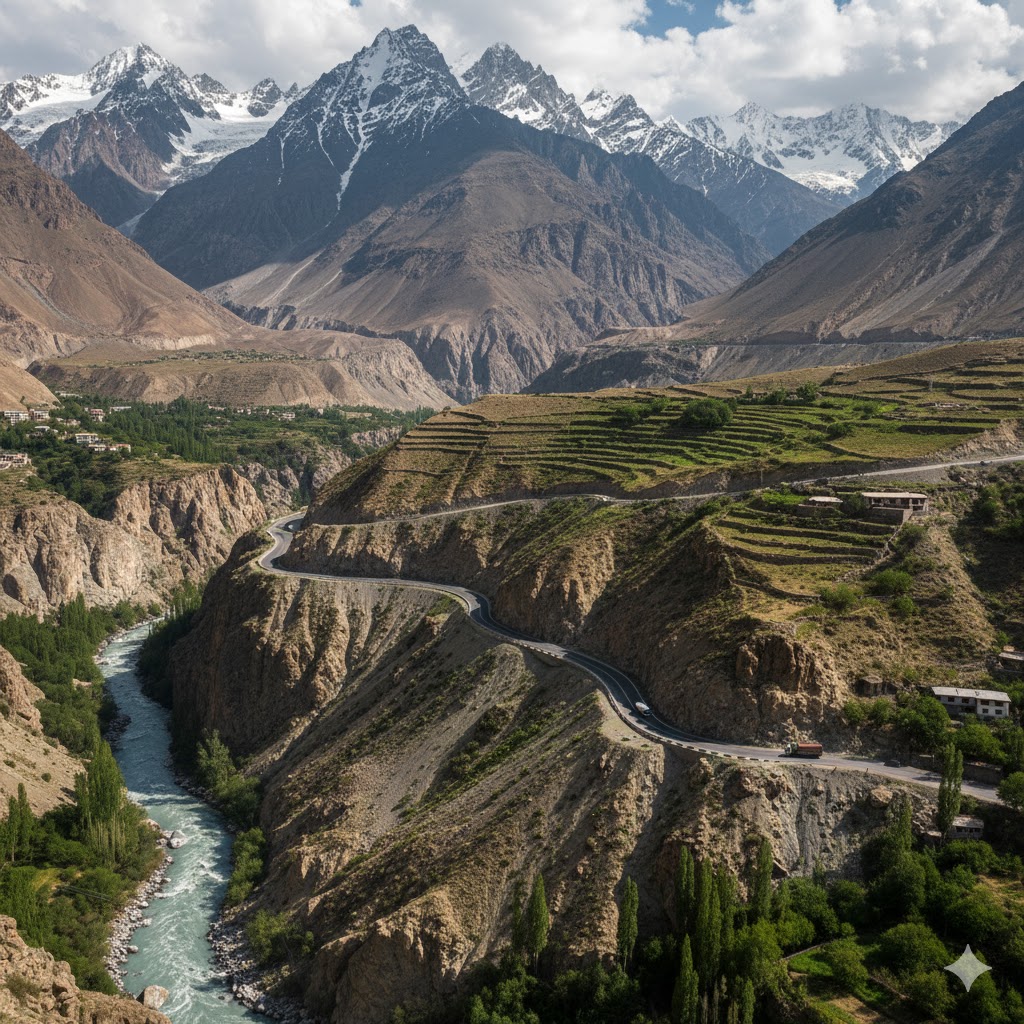
3. Top Attractions in Hunza Valley
a) Karimabad
The heart of Hunza, surrounded by towering peaks like Rakaposhi. Offers hotels, markets, and restaurants.
b) Baltit Fort
An ancient fort over 700 years old, showcasing Hunza’s rich history and architecture.
c) Altit Fort
Older than Baltit Fort, offering panoramic valley views and cultural exhibitions.
d) Attabad Lake
A stunning turquoise lake formed in 2010 due to a landslide. Boating and photography are must-dos.
e) Hopper Glacier
Ideal for adventurous trekkers; experience massive ice formations and glacial streams.
f) Passu Cones
Iconic pointed peaks offering some of the most photographed landscapes in Pakistan.
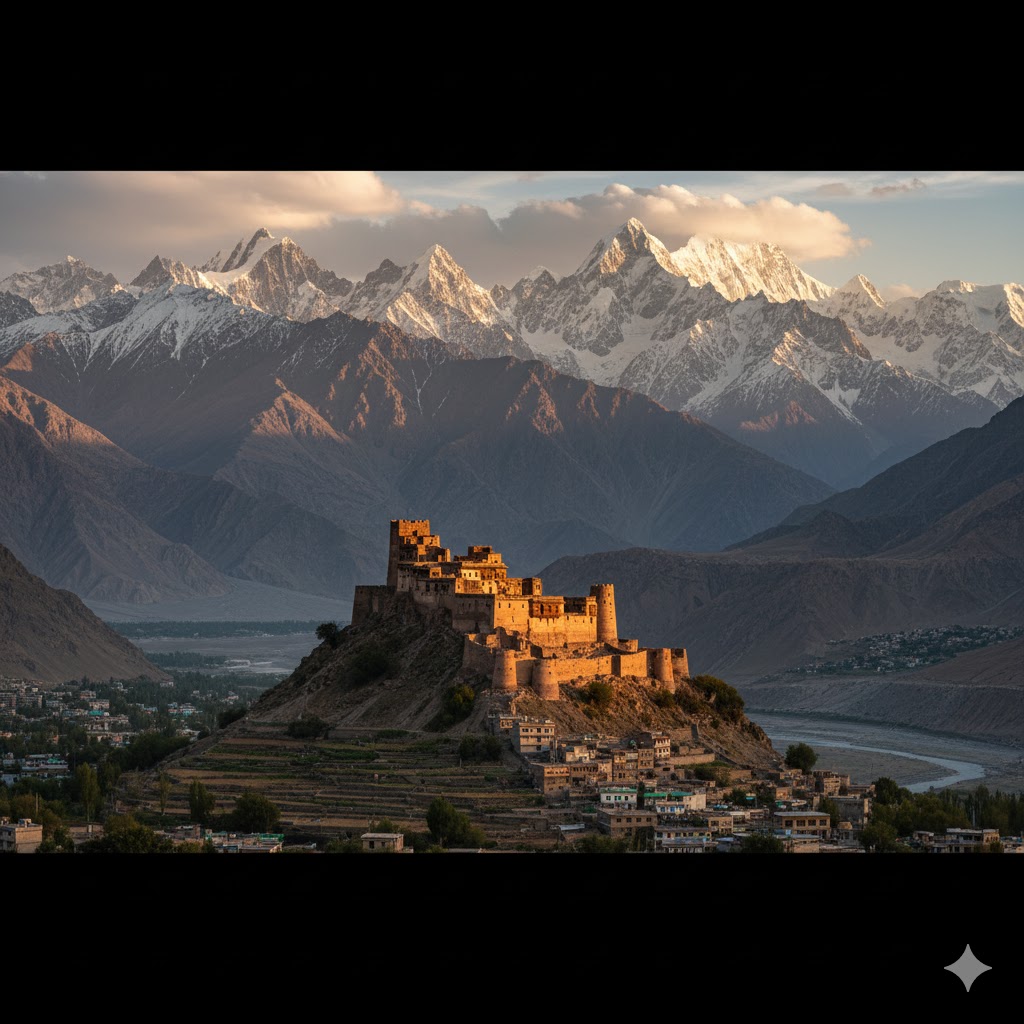
4. Hunza Culture & Local Life
Hunza is home to Burusho people, known for their hospitality and longevity. Key cultural highlights:
- Languages: Burushaski, Shina, and Urdu.
- Festivals: Cherry Blossom Festival (April) and Eid celebrations.
- Cuisine: Apricot soup, Hunza bread, yak meat dishes, and herbal teas.
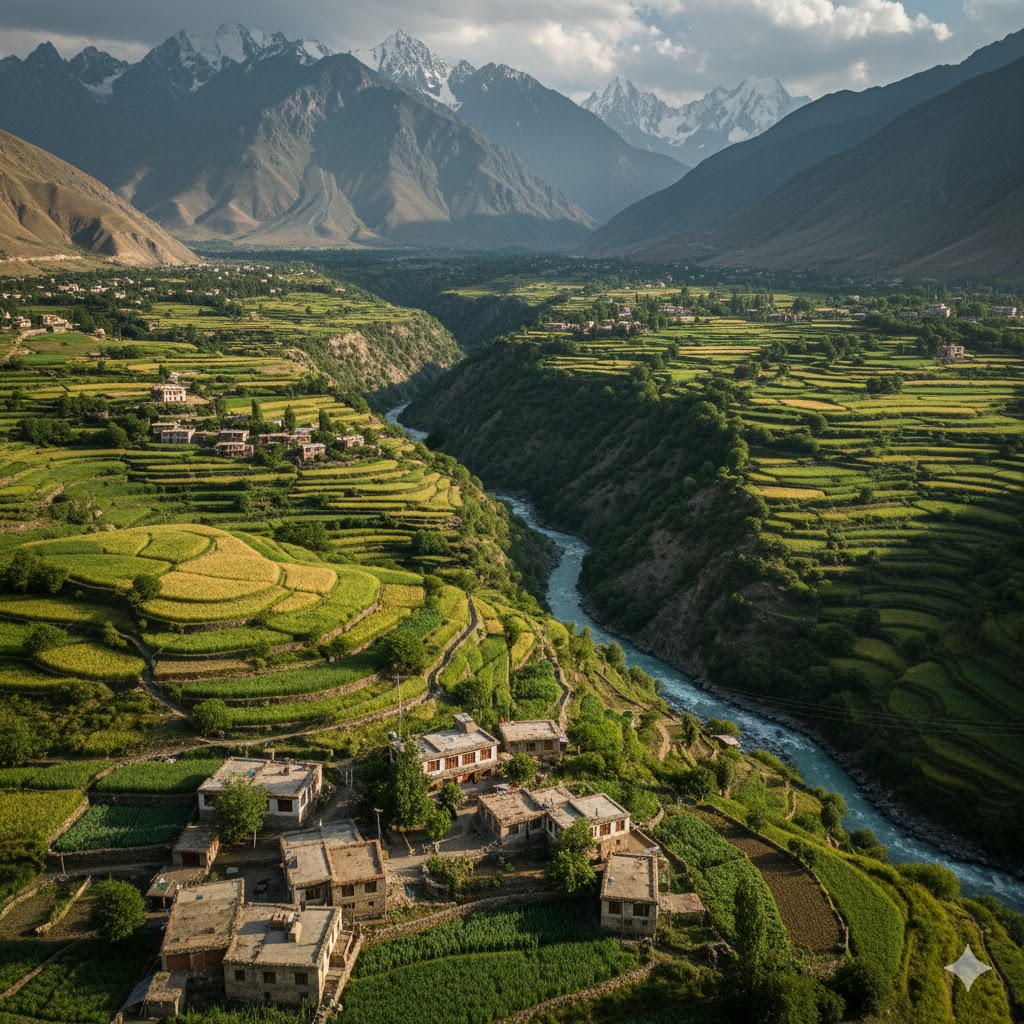
5. Recommended Hunza Itinerary (5 Days)
Day 1: Arrival in Karimabad, explore local bazaar, Baltit Fort.
Day 2: Hike to Altit Fort and surrounding villages.
Day 3: Drive to Passu, photograph Passu Cones.
Day 4: Visit Attabad Lake and Hopper Glacier.
Day 5: Relax in Hunza valley, shop for local crafts, departure.
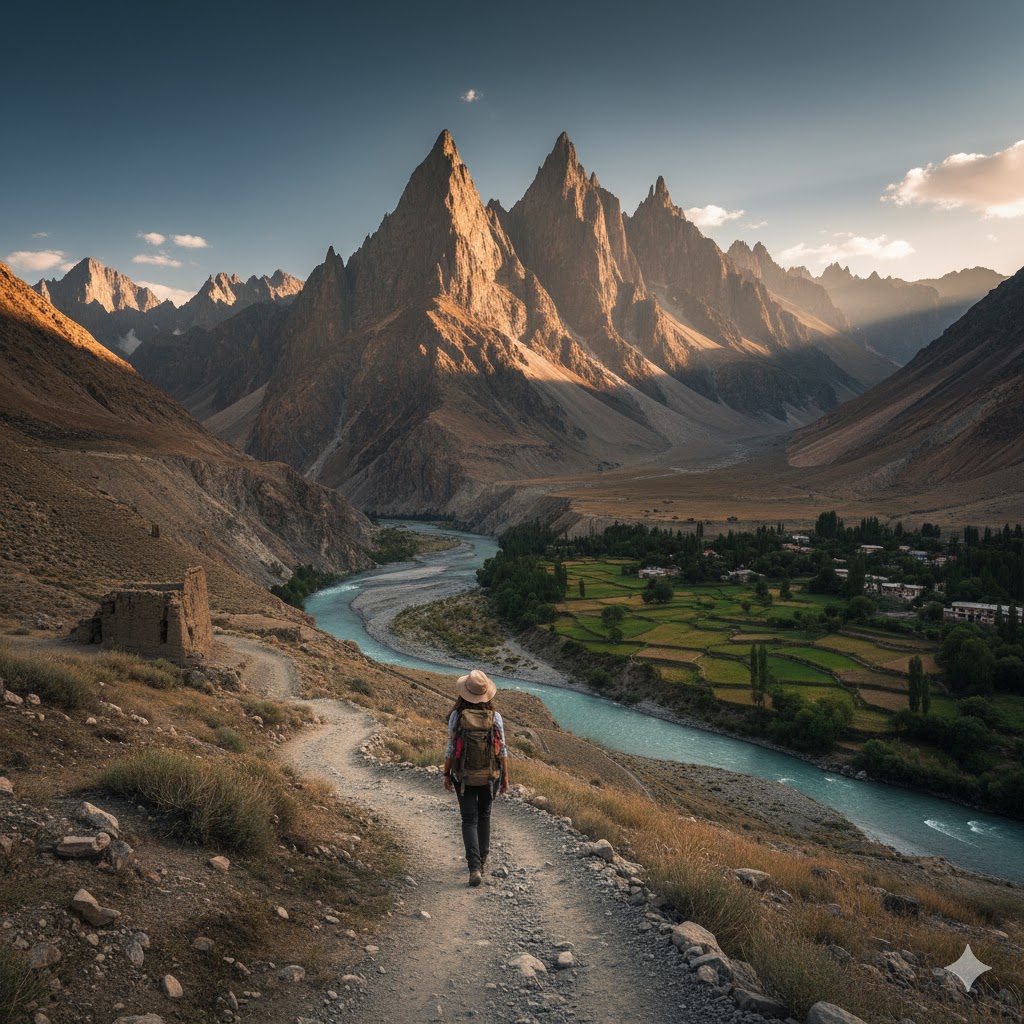
6. Adventure Activities in Hunza
- Trekking to Ultar Sar and Rakaposhi Base Camp
- Boating in Attabad Lake
- Mountain biking and jeep safaris
- Photography tours for sunrise and sunset landscapes
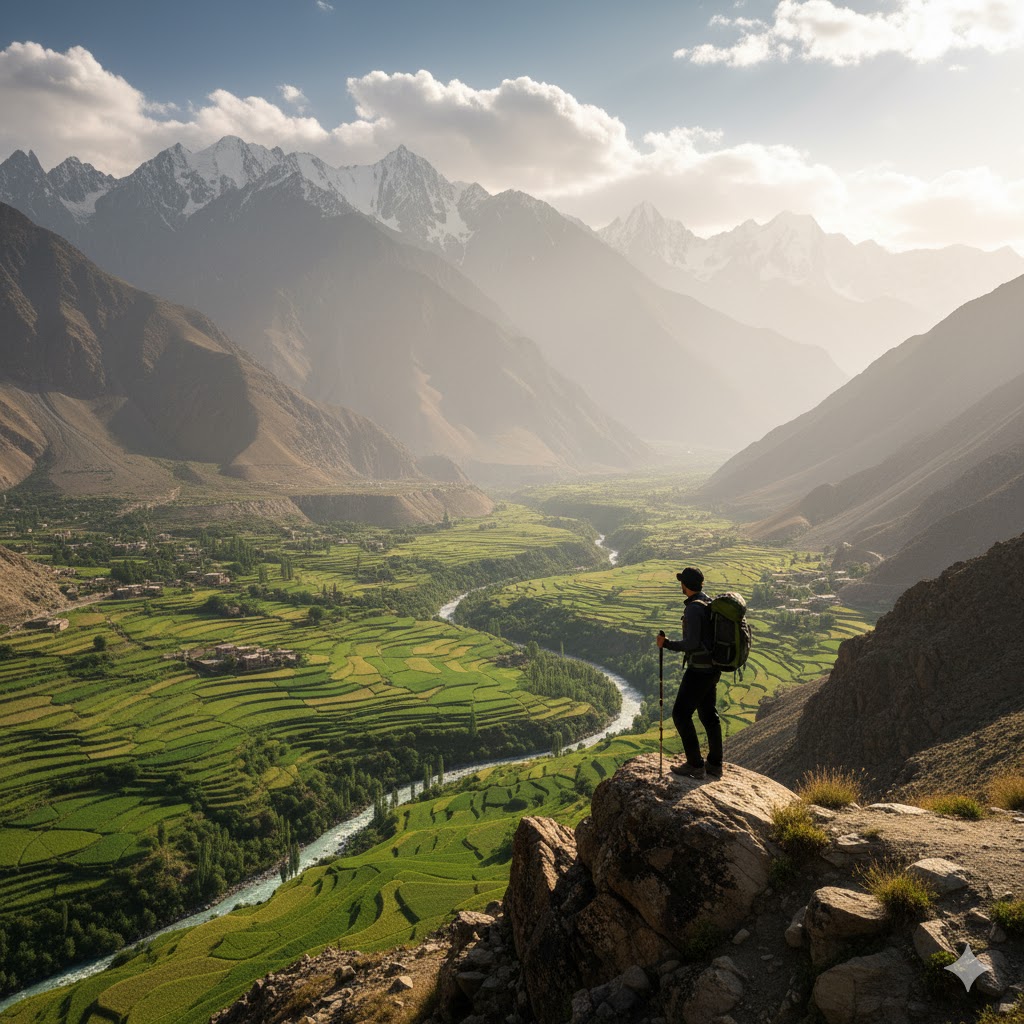
7. Accommodation Options
- Luxury: Serena Hunza, Hunza Embassy Inn
- Mid-range: Eagle’s Nest, Hunza Valley Resort
- Budget: Guesthouses and homestays in Karimabad
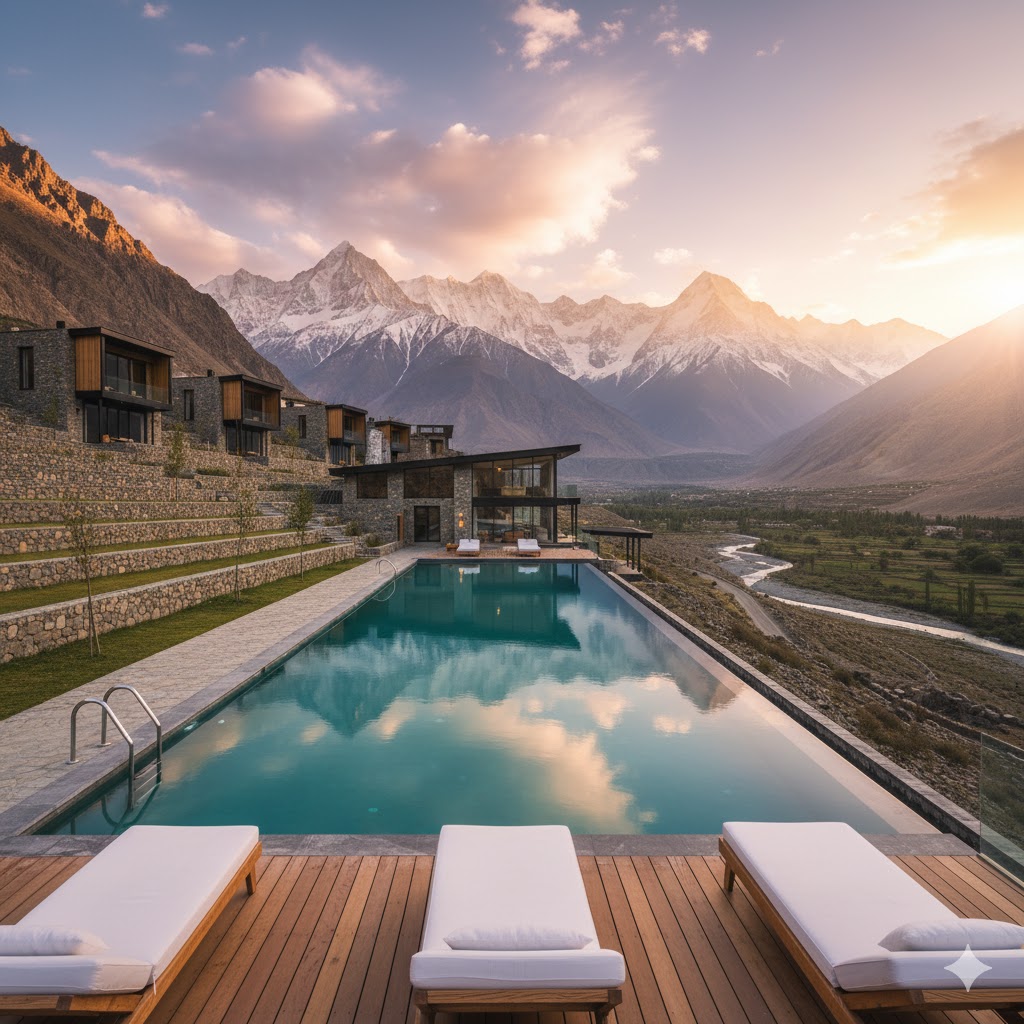
8. Travel Tips for Hunza Valley
- Always carry warm clothing; temperatures can drop even in summer.
- Keep cash as ATMs are limited.
- Respect local customs; dress modestly in villages.
- Stay hydrated and try local apricot-based foods.
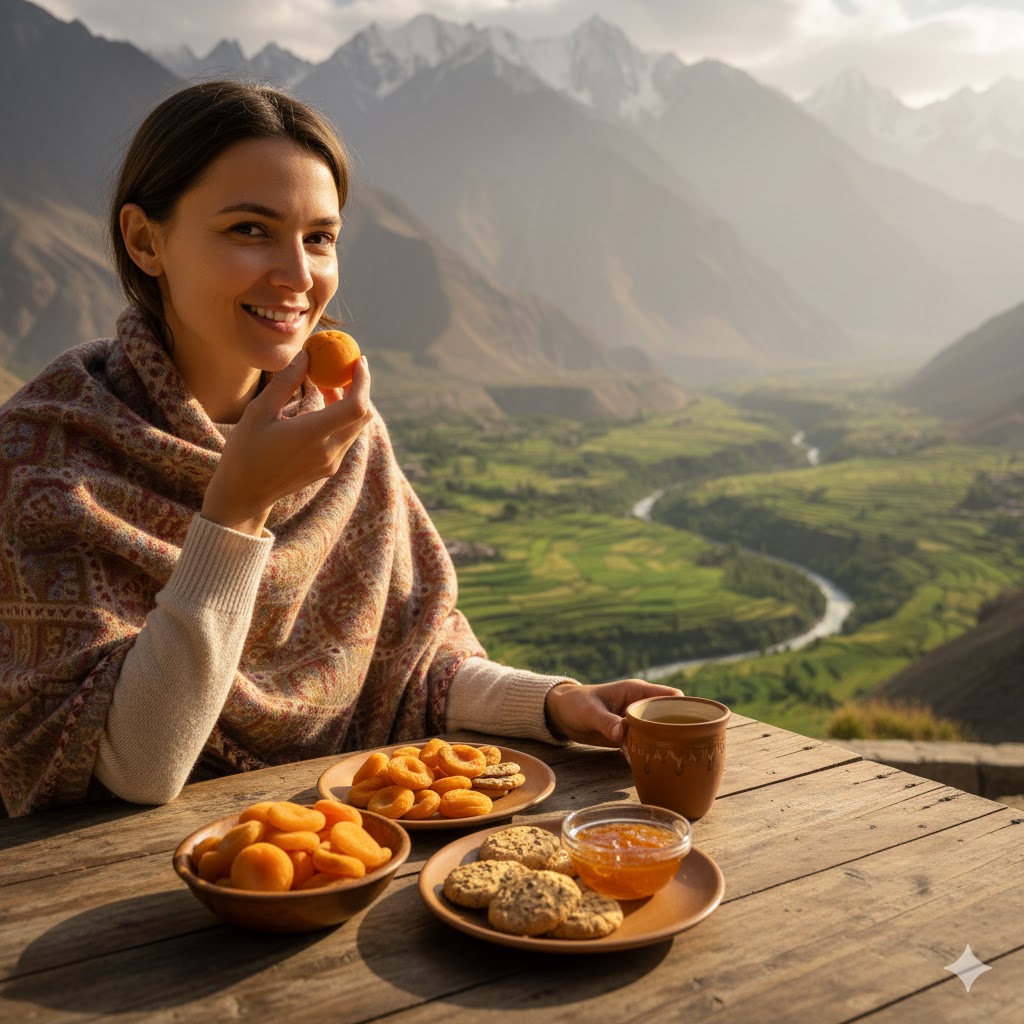
FAQs about Hunza Valley Travel
Q1: Is Hunza Valley safe for solo travelers?
Yes, Hunza is very safe; locals are friendly, but always inform someone about your travel plans.
Q2: Can I visit Hunza in winter?
Yes, but roads may be closed due to snow; check conditions in advance.
Q3: What is the best mode of transport within Hunza?
Private cars or local jeep tours are recommended for flexible sightseeing.
Q4: Are there guided trekking options?
Yes, many local agencies offer guided treks with trained porters and guides.
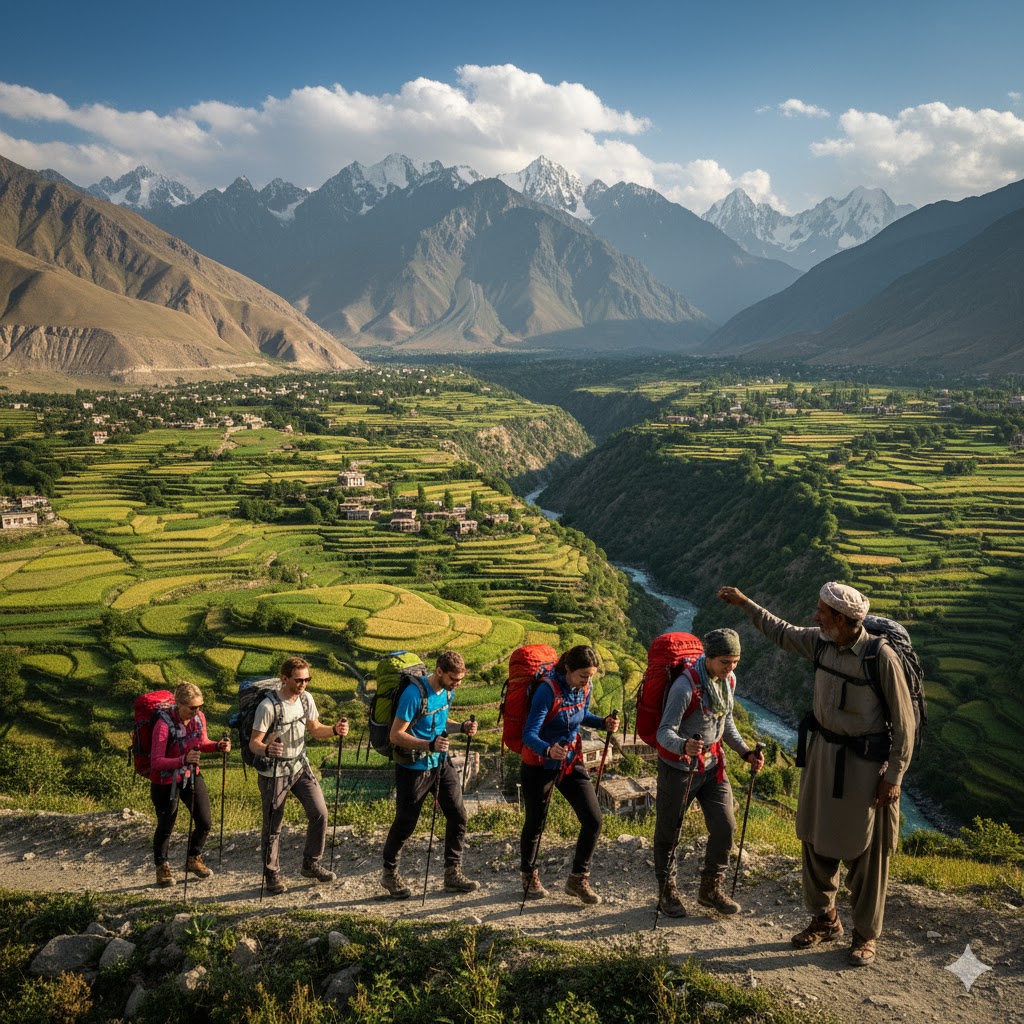
Conclusion
Hunza Valley is more than just a destination — it’s an experience of breathtaking landscapes, rich culture, and warm hospitality. With this Hunza Valley Travel Guide 2026, you can explore hidden gems, plan a perfect itinerary, and make lifelong memories in one of Pakistan’s most beautiful regions.
Start planning your journey now, and let Hunza captivate you with its majestic mountains, serene lakes, and vibrant culture.
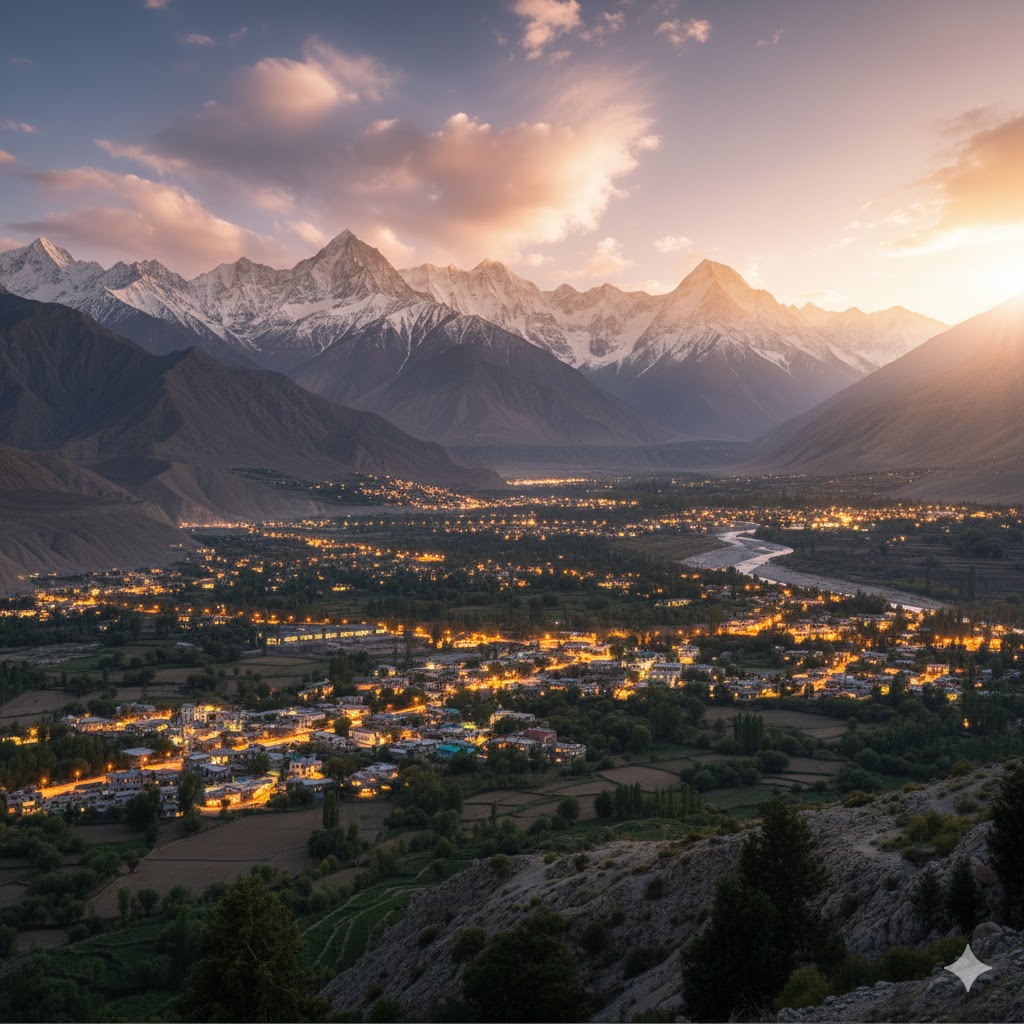

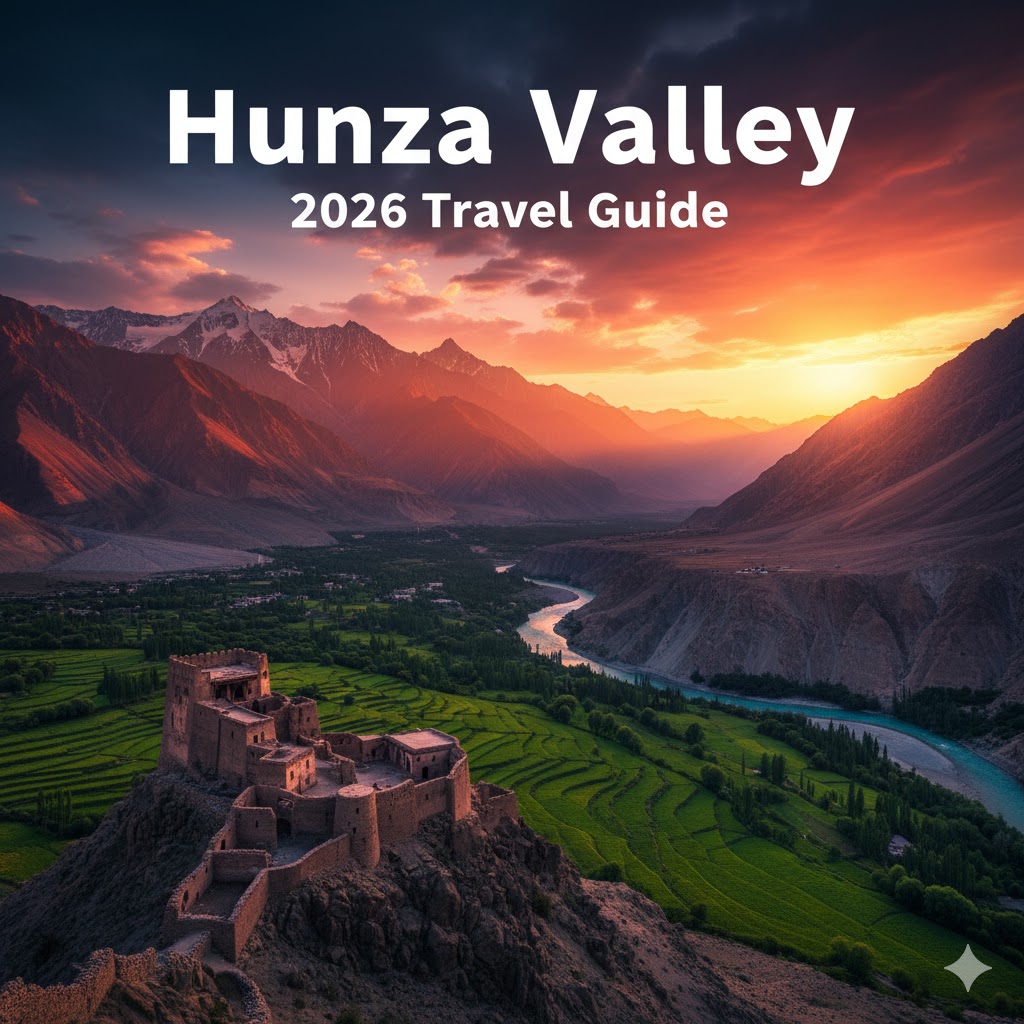
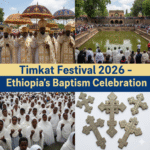
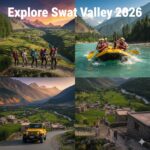
Pingback: Explore Swat Valley Tourism 2026: Complete Travel & Adventure Guide
Pingback: Hidden Treks of Gilgit Baltistan 2026: Ultimate Adventure Guide